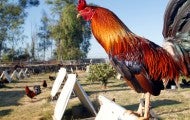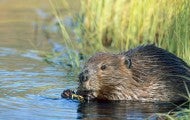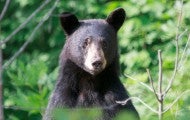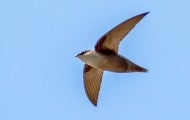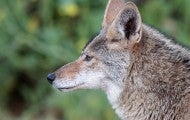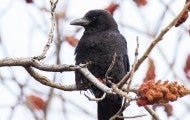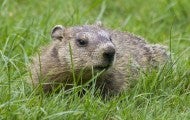Cockfighting is an age-old practice in which two or more specially bred birds, known as gamecocks, are placed in an enclosed pit to fight for the primary purposes of gambling and entertainment. A typical cockfight can last anywhere from several minutes to more than half an hour and usually results...
WASHINGTON—Today the Humane Society of the United States and Humane Society International released a disturbing undercover investigation revealing the potentially deceptive sale of products made from elephant ivory by sellers at 20 stores in Florida. The investigation, which took place in February...
Beavers are making a comeback. Nearly driven to extinction by the fur trade, nature’s best architects are now 6–12 million strong in the United States. This return will provide significant benefits to our country’s ecology, which has lost much of its wetlands to development and agriculture. Learn...
As black bear numbers increase in some North American communities and more people move into bear habitat, encounters between bears and people have risen. Whether you live in bear country or are just visiting, you can take simple steps to avoid conflicts. Learn More About Bears (Please note that this...
Rounding up and killing entire flocks of geese has become an all-too-common (and temporary) fix in many communities. Besides being inhumane, this also leaves room for a new flock to just move right in. Geese shouldn’t be killed for doing what comes naturally, especially when long-term, effective and...
Once robust, populations of cougars (also known as mountain lions or pumas) have declined drastically across most of their range in the Americas. The population decline is due to the impact of extensive hunting and predator control, in addition to continued habitat loss and fragmentation. Cougars...
If you spot a coyote in your neighborhood, relax: Most coyotes avoid people. “Seeing a coyote out during the day is not a cause for alarm, especially in the spring and summer when they’re out looking for food for their pups,” says Lynsey White, HSUS director of humane wildlife conflict resolution...
Foxes are omnivores, hunting very small animals and scavenging in cities and towns where freely available pet food and garbage can make life easier. It’s not unusual for a fox to be seen out and about during the day. Learn More About Foxes Foxes are afraid of people and will usually run away when...
